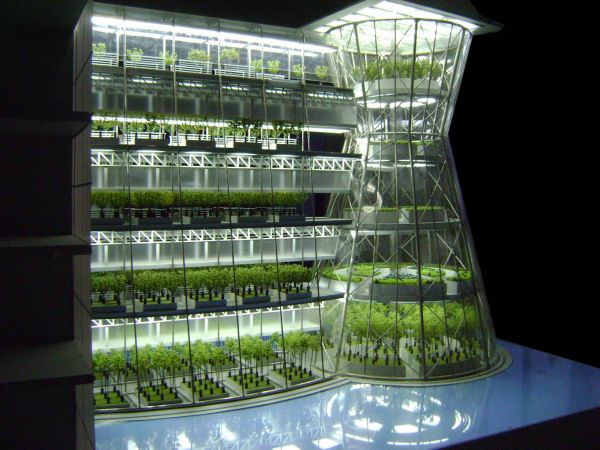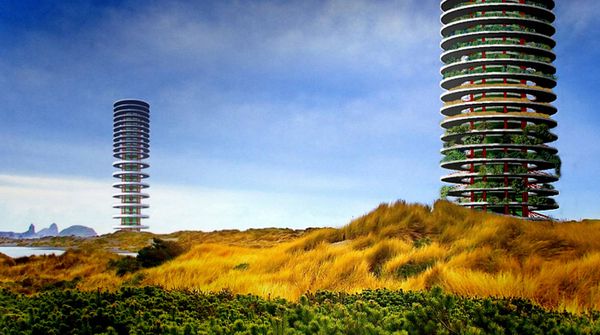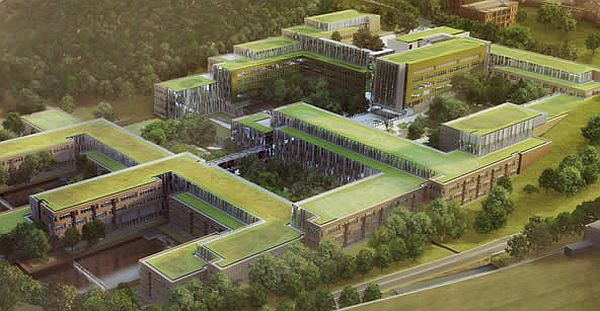Global urbanization
For most part of our history, we, the humans, have led rural lifestyle but the scenario has changed rapidly in the twentieth century with things becoming urbanized due to the massive migration of people to cities to live an urban life. Presently, majority of the population of the world live in cities, and this has led to the rapid growth of cities in the developing world. In its Revision of the World Urbanization Prospects published in 2005, the UN had described the phenomena of the rapid urbanization in great detail. The report showed that the number of people living in cities has jumped from 13 percent or 220 million in 1900, to 29 percent or 732 million in 1950, to 49 percent or 3.2 billion in 2005. The same report added that it is likely that by 2030 this figure will increase to as much as 60 percent or 4.9 billion. Urbanization is increasing rapidly in Africa and according to the UN report, this will be one of the most critical issue of the twenty-first century.

Food insecurity
The growing urbanization has increased the number of poor people living in cities. It is believed that over 900 million people living in cities face the issue of hunger and the hardships related to it and it is projected that the number of poor people dwelling in cities would continue to increase in future. The rising prices of food items across the globe has once again raised the issue of food insecurity and famine at a time when the global community is already finding it tough to battle issues of economic crisis, population growth and climate change. Presently, there are 21 mega-cities across the world. The urban areas with 10 million or more people are called mega-cities and it includes New York, Tokyo, Mumbai, Mexico City and Dhaka.
It is expected that by 2025, the number of mega-cities would increase to 26, out of which at least 10 will be in Asia alone, according to the Far Eastern Economic Review. The food supplies are also facing stiff challenge from the ongoing competition between food and energy crops for land. We need to increase our food production by as much as 70 percent if we want to feed the total 9.3 billion people of the world by 2050. According to a FAO estimate, over 925 million people across the globe are under-nourished and 1.3 billion tons of food goes down the drain, means it is wasted or lost.
The need for urban agriculture
One effective way to reduce poverty in urban areas and solve the problem of food security is following the strategy of urban agriculture. The other benefit of the urban agriculture is that it enhances the urban environmental management. Urban agriculture can enhance food security of people in urban areas because the amount of money spent on supply and distribution of food produced in rural areas in urban area is quite high and by following urban agriculture we can reduce this cost. The urban agriculture can also play an important role in the development of local economy and can lead to reduction of poverty and social inclusion of the poor people living in cities.
Techniques
1. Vertical Farming – A greener future for farming

The concept of growing crops in skyscrapers in cities is called vertical farming. The unique thing about vertical farm is that it is movable. As part of the vertical farming, vertical support columns are created on the ground and plants are cultivated in the especially designed tracks. The farm will be divided into towers, which will have silos at their base. The harvested crops are transferred to the silo using plastic shafts. Water collection cap or well pump is used to supply water to the tower. The pump will be fitted at the top of each tower, which will have solar panels at the edge. Vertical farm requires very little maintenance and is cheaper than the conventional farm.
2. Sprout – An integral hydroponics system that reduces greenhouse gases

The technique of growing plants in water without using soil is called hydroponics. It is to be noted that soil does not nourishes plant life and it act only as a reservoir for the minerals and nutrients required for the growth of plant. When mineral nutrients get dissolved in water, they are absorbed by the plant roots and used for the growth of plants. Sprout is an enclosed polymer system that has the capability to nourish and grow its own produce using continuous-flow solution culture. The flow of the nutrient solution goes on constantly past the plants’ roots in this system. The polymer system is made up of sustainable Ingeo bio-polymer plastic. The designer claims that the Sprout system can help us save the space needed for the cultivation of crops. One more advantage of this system is that it does not use soil and the water used in the system remains stored in the system and it can be re-used.
3. US Department of Homeland Security plans green roof for Feds

A green roof is a building’s roof, which is covered either completely or partially with vegetation and a growing medium. A waterproofing membrane is used to plant the vegetation. Additional layers such as a root barrier, and systems for drainage and irrigation are also used to allow the plants grow properly. The US Department of Homeland Security has also planned green roof for Feds and as per the plan a new Coast Guard headquarters in Washington will get green roof. The cost of the project is estimated to be around $435 million. The building will cover an area of 1.1 million square feet and it will have a grass roof and a reflecting pool as well.
The benefits
1. Food security and nutrition
Urban agriculture will contribute to food security and healthy nutrition as it will allow us to grow more food, which we need to feed our growing population.
2. Reduced cost
The industrial agriculture system that is in use today is responsible for the high cost of food prices because of the money spent on transferring the food items from rural areas to urban areas. The practice of urban agriculture will reduce this expenditure, which will bring down the food prices.
3. Urban greenery
Cities are known for pollution but the practice of urban agriculture will add greenery to the cities and also reduce pollution.
4. Fresh food
Urban farming will allow city dwellers to consume fresh food.
Problem areas
1. Lack of space
The growing population has led to a severe space crunch and most of the urbanized areas are overcrowded. It will be tough to find space for urban farming in cities which do not have space for even proper housing facilities.
2. Demand of Energy
Urban farming will need consistent energy, which is tough to maintain in urban areas because there is already energy crisis in cities.



